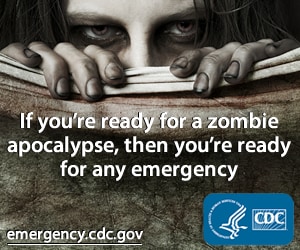Catch-up trip report (How do you know you’ve played well?)
I didn’t get a chance to report on the rest of my trip to Florida, playing poker at the Daytona dog track where the big bet is a mere $2.
Winning days total (approximately 2 ½ hours each day): $64, $19, $117, $52.
Losing day total: $60
Total 5-day winnings: $192 (96 big bets!)
This total does not include tips and drinks purchased, so the 5-day total was more than $200, more than three time last year’s total. I hope this speaks to my improvement as a poker player.
How do you know if you’ve played well?
I think I have a new standard to determine whether or not I’ve played well for a period of time: On two separate days of play, not only did I win a moderate amount of money in relationship to the blinds and bets, but my top pair didn’t get outkicked even one time!
Naturally there will be times when a player with top pair playing a poor second card will suck out a winning hand catching a pair for his weak kicker, but playing top hands with good kickers will mathematically dominate over time and will likely be paid back by the weak kicker players.
A recent article I read on the odds of sucking out had an interesting formula for calculating whether or not chasing is appropriate and it goes something like this:
“You should at least call when your effective outs times one more than the effective pot size is greater than the number of unseen cards.”
Obviously this is for limit poker, but it worked to my advantage because when big pot developed and I was drawing to the nut flush, I had the odds to call one or two more $2 bets to hit, and it paid off more than once because with 9 outs times 12 bets plus one (9*13=117) was always more than the number of unseen cards, so odds existed to chase at this low level.
I will say that I was lucky several times in the blinds with hands I would rarely play. With Q8o in the big blind I flopped QQ8 for the nut full house and after checking around was able to drag two callers all the way to the river.
The blogger’s tournament in Las Vegas sounds like it has completely come together and I’m really looking forward to it!
Winning days total (approximately 2 ½ hours each day): $64, $19, $117, $52.
Losing day total: $60
Total 5-day winnings: $192 (96 big bets!)
This total does not include tips and drinks purchased, so the 5-day total was more than $200, more than three time last year’s total. I hope this speaks to my improvement as a poker player.
How do you know if you’ve played well?
I think I have a new standard to determine whether or not I’ve played well for a period of time: On two separate days of play, not only did I win a moderate amount of money in relationship to the blinds and bets, but my top pair didn’t get outkicked even one time!
Naturally there will be times when a player with top pair playing a poor second card will suck out a winning hand catching a pair for his weak kicker, but playing top hands with good kickers will mathematically dominate over time and will likely be paid back by the weak kicker players.
A recent article I read on the odds of sucking out had an interesting formula for calculating whether or not chasing is appropriate and it goes something like this:
“You should at least call when your effective outs times one more than the effective pot size is greater than the number of unseen cards.”
Obviously this is for limit poker, but it worked to my advantage because when big pot developed and I was drawing to the nut flush, I had the odds to call one or two more $2 bets to hit, and it paid off more than once because with 9 outs times 12 bets plus one (9*13=117) was always more than the number of unseen cards, so odds existed to chase at this low level.
I will say that I was lucky several times in the blinds with hands I would rarely play. With Q8o in the big blind I flopped QQ8 for the nut full house and after checking around was able to drag two callers all the way to the river.
The blogger’s tournament in Las Vegas sounds like it has completely come together and I’m really looking forward to it!



0 Comments:
Post a Comment
<< Home